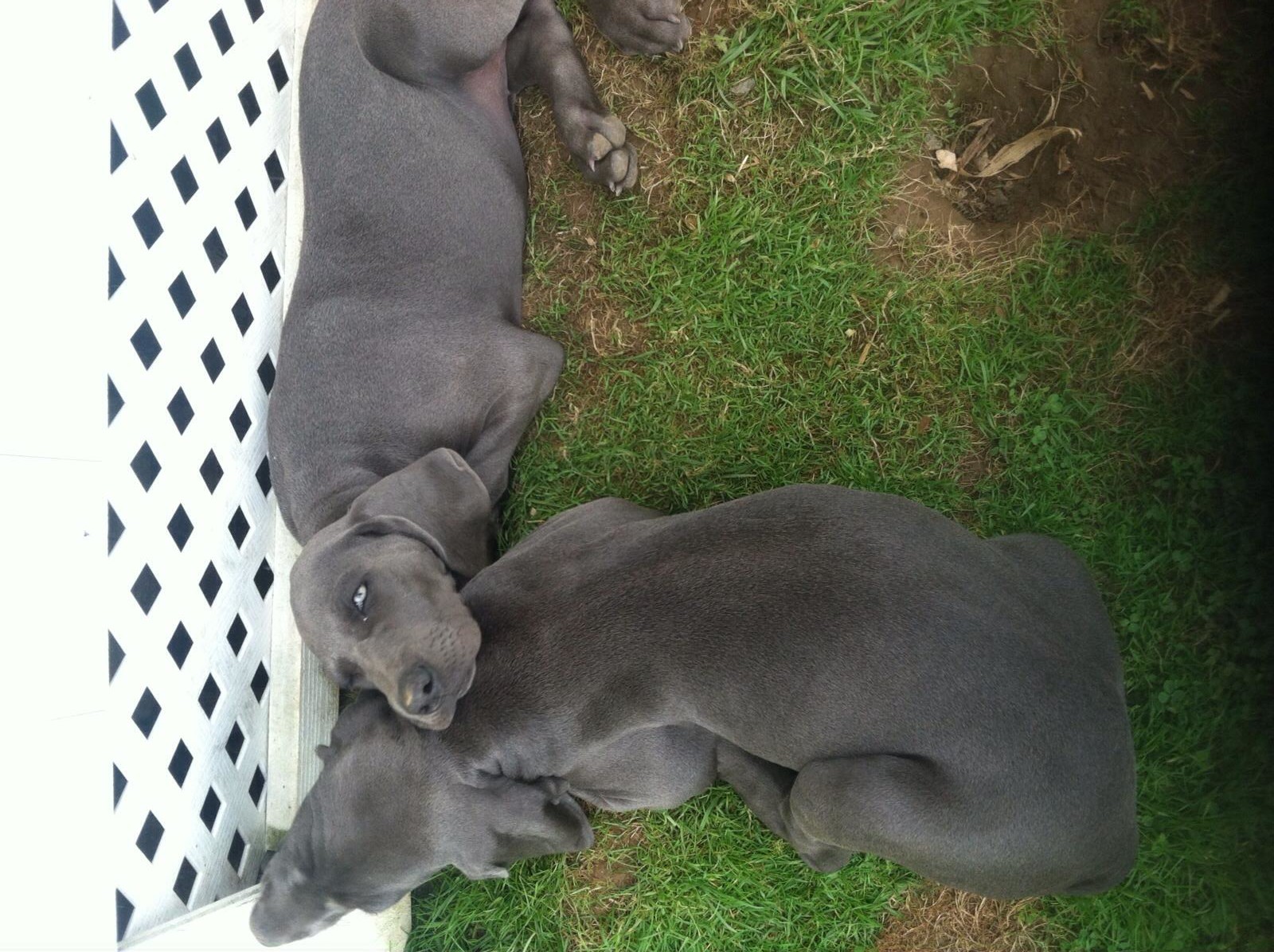Often in class people arrive with not just one, but 2 puppies – mostly they are litter mates, sometimes they have purchased from 2 different litters. Before I dive into this subject, I want to give you a confession – I have had litter mates too, as a young and eager new home owner, before I knew anything about dogs and dog training, I purchased 2 cocker spaniel puppies – one boy and one girl. I made all the mistakes that I want you to avoid, luckily however, there was never any aggression that developed between my pair – that was purely temperament – luck of the draw.
You can find plenty of information online about how buying litter mates is a pretty poor decision – some trainers refuse to have litter mates in the same class they are convinced that it they will be ravaging messes in no time flat. The reality is that many dog owners have litter mates and have zero issues. There has to date been NO research into this topic – all “evidence” is anecdotal and based on the experiences of those who work with people and their pets, this can be slightly biased of course, because generally trainers only get to see the problem dogs – not the families that have managed to raise 2 litter mates successfully.
But there are some steps that you can take to ensure help reduce your chances of “litter-mate syndrome” effecting your home:
1. Do things separately with your dogs
That means take one out and leave one at home. Go outside and play ball with one – and leave the other one inside. I hear you say “but Jen, the other one will cry”, and I say to you that 1. it is ok for them to cry as long as they settle quickly, 2. give the neglected puppy a bone to chew on or a kong filled with tasty food they will be too busy to notice you have gone.
Please, please, please keep them occupied and accepting of being alone – they may need this skill one day, so it is best to start practising right now. Keep initial separations short and sweet and increase the length of your absences slowly.
2. Train Separately
If I had a dollar for each time I heard “but it is so hard to train them together” – well that is because you are not supposed to, not at first any how. There is a old dog training saying that 2 dogs is 3 times the work – because you have to train each dog individually and then together. When you train them together it can feel like you are starting from scratch. They will egg each other on, get in each others face, and make your job seem really hard. As per usual if you push through the chaos it will begin to come together, so make it short and sweet.
3. Make your bond important
I live with 4 dogs at the moment, and my philosophy is that my relationship with each individual dog is what matters. I am where most of the good stuff comes from toys, treats, food, adventure – and beyond that as long as everyone feels safe I am not all that concerned with their relationship to each other. As with the majority of modern dog trainers, I know that the old Pack Leader myth is long disproved. Dogs social structure is very fluid, so there is no need to favour one dog because their is no hierarchy. I want you to be your dogs main imprint – not the other puppy, because you know how the world works and the other puppy doesn’t.
4. Give them space
Allow them to have time apart when you are not paying attention to them as well. All dogs should be allowed to have restful alone time. Time in their crates, space to be themselves. Again we are practicing for the unforeseen events of the future – one dog may be at the vet, you may be at work and the other dog needs to know how to cope. They don’t have to be up in each others business 24/7.
5. Deal with issues as they arise
It is just one little squabble right? Why risk this when early intervention can help you manage and repair your dogs relationship to each other. Even if they are cozy 99% of the time – deal with that time that they aren’t so it doesn’t escalate.
If you want to know how to get your litter mates living happily together, why arrange a call back today?

